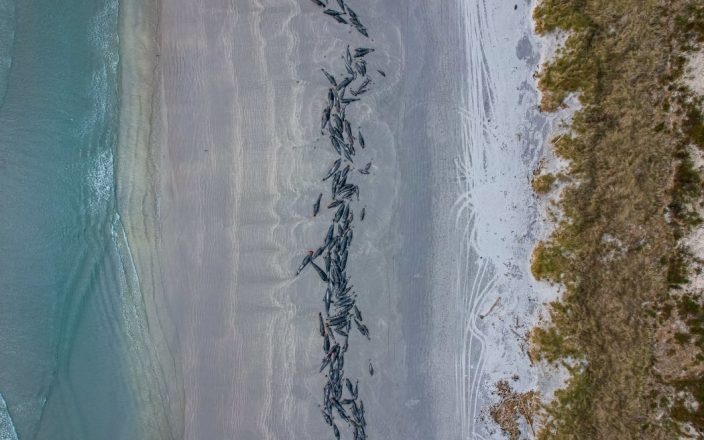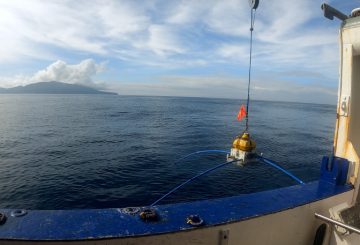The occurrence of two mass whale strandings in less than a week is being described as unbelievable by the mayor.
About 250 pilot whales were stranded on Chatham Island on 7 October and an estimated 250 more were stranded about 4 km south on Pitt Island on 10 October.
The last stranding incident of this scale occurred in Farewell Spit, the South Island, in 2017, when an estimated 600 to 700 whales were beached.
Chatham Islands Mayor Monique Croon said every stranding was upsetting.
“It’s a bit of a shock and I think people are feeling pretty sad about the huge amount of loss, which is actually unusual and we’re aware they’re happening regularly but to have two massive strandings like this is a little bit unbelievable.”
Whale Rescue co-founder Ingrid Visser said despite the number of whale strandings in New Zealand, there was still little known about what caused the animals to beach.
“I think it’s an absolute tragedy that we’ve got these sorts of events going on and New Zealand has had a long history of whale strandings and yet we still don’t know why and we don’t even know the basics about these animals.”
Auckland University marine ecology and conservation biology professor Rochelle Constantine said that changes in temperature and the amount of food in the water are often associated with mass stranding events.
Department of Conservation (DOC) spokesperson Dave Lundquist said that strandings can happen at any time.
“Most summers, we tend to have one [mass stranding]. Although we’ve had a handful of summers in recent years where there were no mass strandings at all, but there’s no discernible pattern to that unfortunately.”
When strandings occur on the Chatham Islands, whales are not refloated due to the danger of shark attacks on people as well as to the whales themselves.
Therefore, the stranded whales that did not die had to be euthanised and their bodies will be left to decompose.
Pilot whales are not considered to be a threatened species.
“We believe it is large and robust population that even when these unfortunate events happen, they’re not expected to have any significant impact on the species in our waters,” Lundquist said.
Image credit: RNZ News
























































-helped-regain-her-strength-and-balance-using-Nymbl-after-a-fall.-660x440.jpg)


